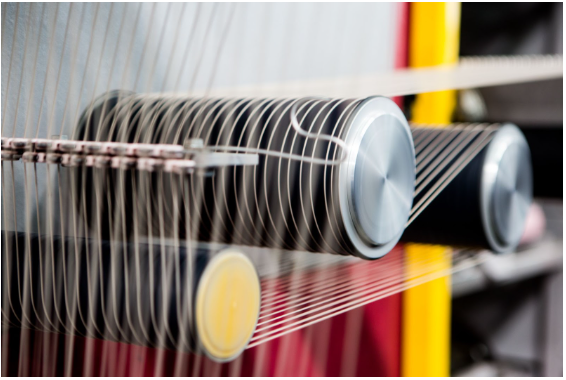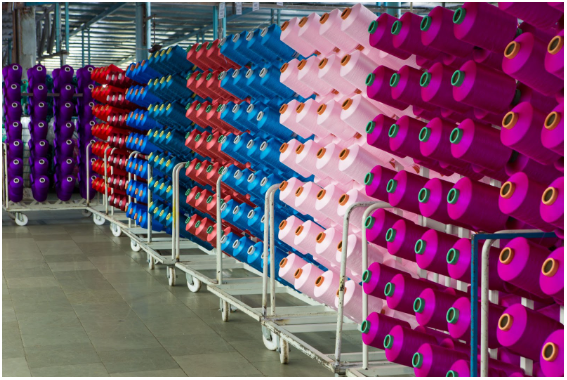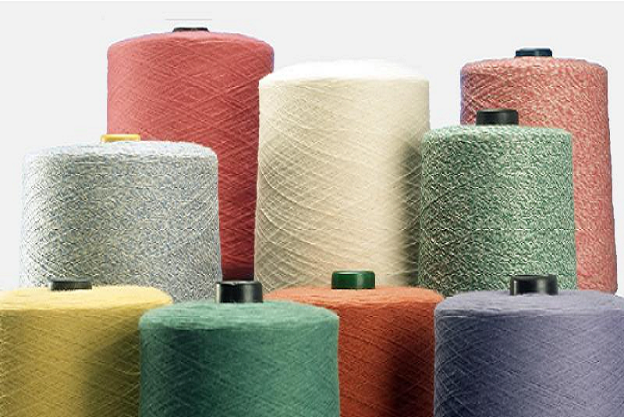Industrial yarns are spun from interlocked fibres (synthesized or natural) and are used in a plethora of industries such as automobile, textile, healthcare, sports and more. Synthetic yarns typically use materials like polyester to serve various industrial applications, including converter belts, car seat belts, coated fabrics, hose pipes and so on. Industrial yarns are also used in making fabrics for parachutes, tents, air-cushion vehicles, leather substitutes and more.
Some industrial yarns, such as twisted yarns, are made of high tenacity that exhibits qualities such as abrasion and chemical degradation resistance. Twisted yarns are multiple strands twisted together to give the yarn maximum strength and durability. These yarns come in two prominent twists – S twist and Z twist – and their applications can be seen in cables, cords, hoses, ropes, fire hoses, canvas, filter fabrics, woven fabrics, seat belts and other equipment. Depending on the usage, the quality parameters of the yarn are customized. Sewing thread is one of the major uses of high-tenacity yarns such as this one.
Other notable industrial yarns are flat yarns. These yarns are untextured, multifilament and semi-dull & full–dull yarns, which also can be twisted.
What are the industrial yarn joining methods?
There are multiple yarn joining methods to join industrial yarns together. Amidst them, splicing is one of the most used industrial yarn joining methods. Below is a brief discussion of these methods.
Illman splice yarn joining method
The illman or wrap joining method uses a flyer and a wrap spinning system and is used on spun sewing threads. Because the thickness of a splice is much less than that of a knot (dog knot), the spliced yarn causes significantly lower tension fluctuations during weaving than the knotted yarn. Due to a lesser thickness than a knot, spliced yarns cause significantly lower tension fluctuations than knotted yarn during weaving. This process entails an overlap of two yarn ends while a fine auxiliary yarn is wrapped around them. This enables a joint production of high strength and thickness much lesser than that of a knot.
Pneumatic splice yarn joining method
In this method, the ends of the two strands of the yarn that are supposed to be joined are laid parallel to each other. These strands are unbraided and entangled, followed by twisting them together with a nest of compressed air. This process then results in a continuous length of yarn with a durable joint. The pneumatic splice yarn joining method uses a splicing device that uses two nozzle pipes to untwist and such yarn ends. The method mainly comprises three steps – twisting, wrapping and intermingling. This method gives a seamless yarn without any slubs and bumps caused by the knots while also eliminating the faults in the fabric.
Also Read:
i.What are the 3 major yarn
ii.Twisted Yarns – Importance & Benefits




